AI Propeller Design Optimization using CAESES and AirShaper
Introduction
In the world of propeller design, achieving optimal efficiency and performance is paramount. In this blog, Simon Hauschulz (project engineer at FRIENDSHIP SYSTEMS) explains how a combination of AI and CFD helped win a recent propeller design competition hosted by popular YouTuber RCTestflight. With the help of powerful design and simulation tools CAESES by FRIENDSHIP SYSTEMS and AirShaper we created two high-performance propellers that demonstrated remarkable efficiency. Here's how we did it and how these tools played a crucial role in our success.
Objective
The primary goal of the competition was to design propellers that could achieve maximum efficiency across a wide range of operating speeds. Efficiency can mean very different things depending on the application: for some, it's the top speed of a boat for a given available power, for others it may be the efficiency at one or multiple specific operating conditions, and so on. In this case, Daniel from RCTestflight introduced a unique efficiency parameter that combined maximum speed with low-speed efficiency into a single objective function. This comprehensive approach provided a more thorough evaluation of propeller performance compared to traditional single-point objectives, making the challenge both complex and rewarding.
Method
In short, AirShaper CFD simulations were used to analyze large numbers of 3D models generated by CAESES. The results were fed into a CAESES surrogate model which was then used to predict the best possible design.
This process involved several key steps:
- Parametric Model: We developed a parametric model for both conventional and Toroidal propellers using CAESES.
- Design Space Exploration We explored the design space using a Design of Experiments (DoE) approach utilizing the Sobol sequence.
- CFD Simulations: Using AirShaper's API, which seamlessly connects CAESES to the CFD tool, we ran the simulations at different speeds for each design
- Surrogate Model: We used the CFD results (torque and thrust) within CAESES to train surrogate models. With these surrogate models we are able to generate the open-water diagram for any design in the considered design space.
- Optimization and Validation: With the information from the open-water diagram, each design can be evaluated over the whole operating range and the single objective function can be evaluated. A gradient-based optimization was used to find the optimal design.
Parametric Propeller Model for the Design Space Exploration
Parametric models were created for both the Toroidal and conventional propeller. Such models allow for what is called Design Space exploration. We explored various design configurations based on the following parameters:
- Toroidal Propeller Paremeters
| Absolute Chord Length | Relative Blade Position | Absolute Pitch |
|---|---|---|
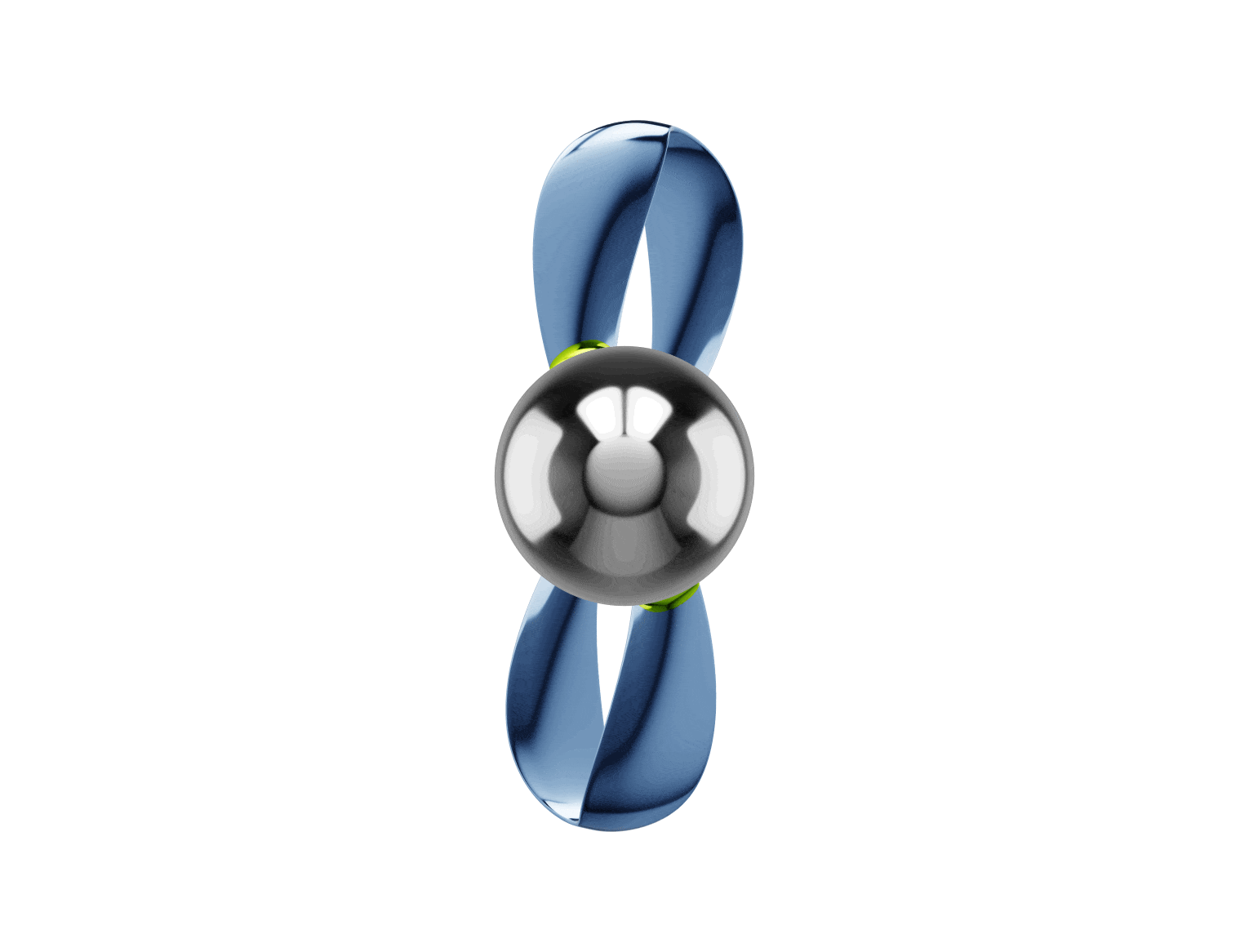 | 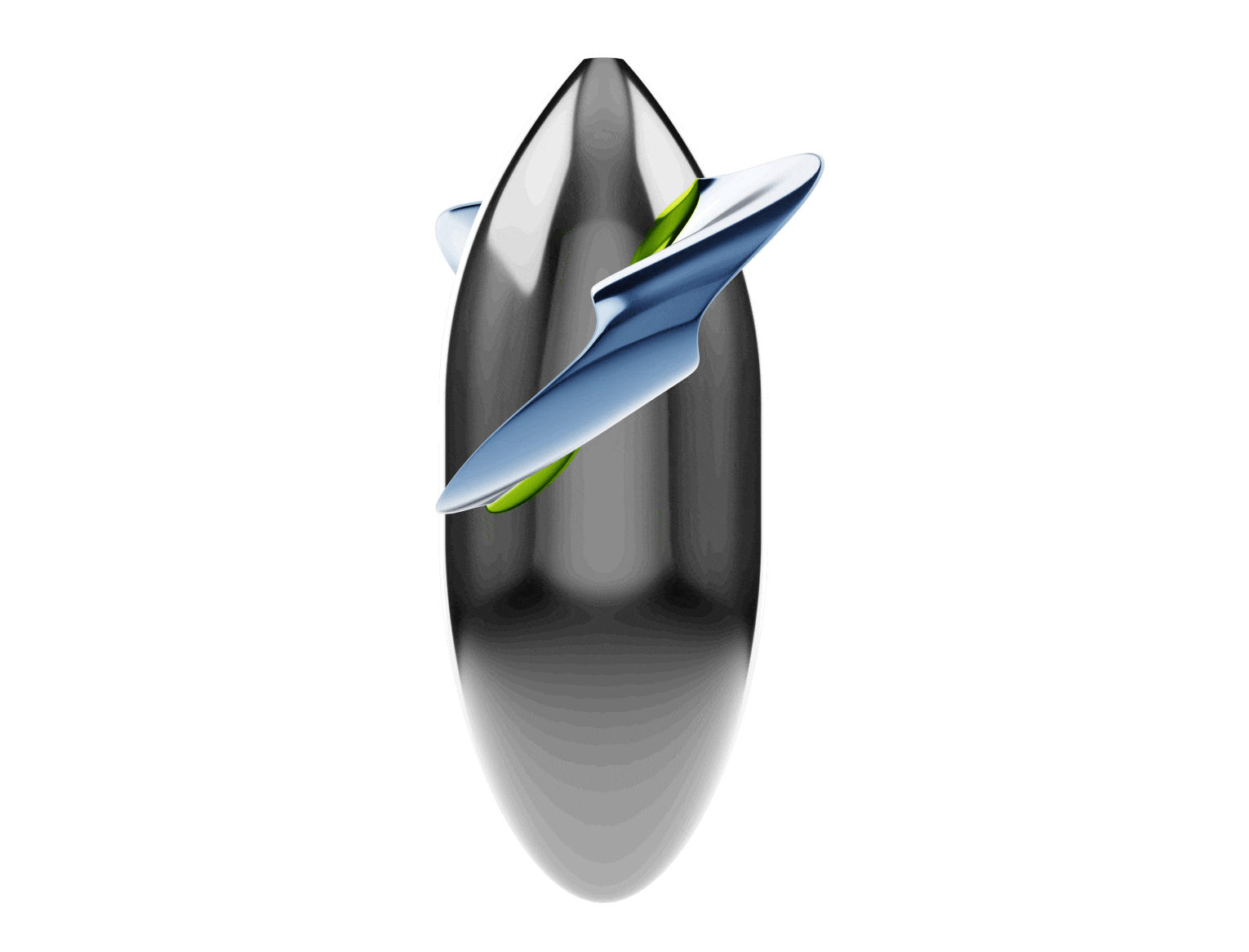 | 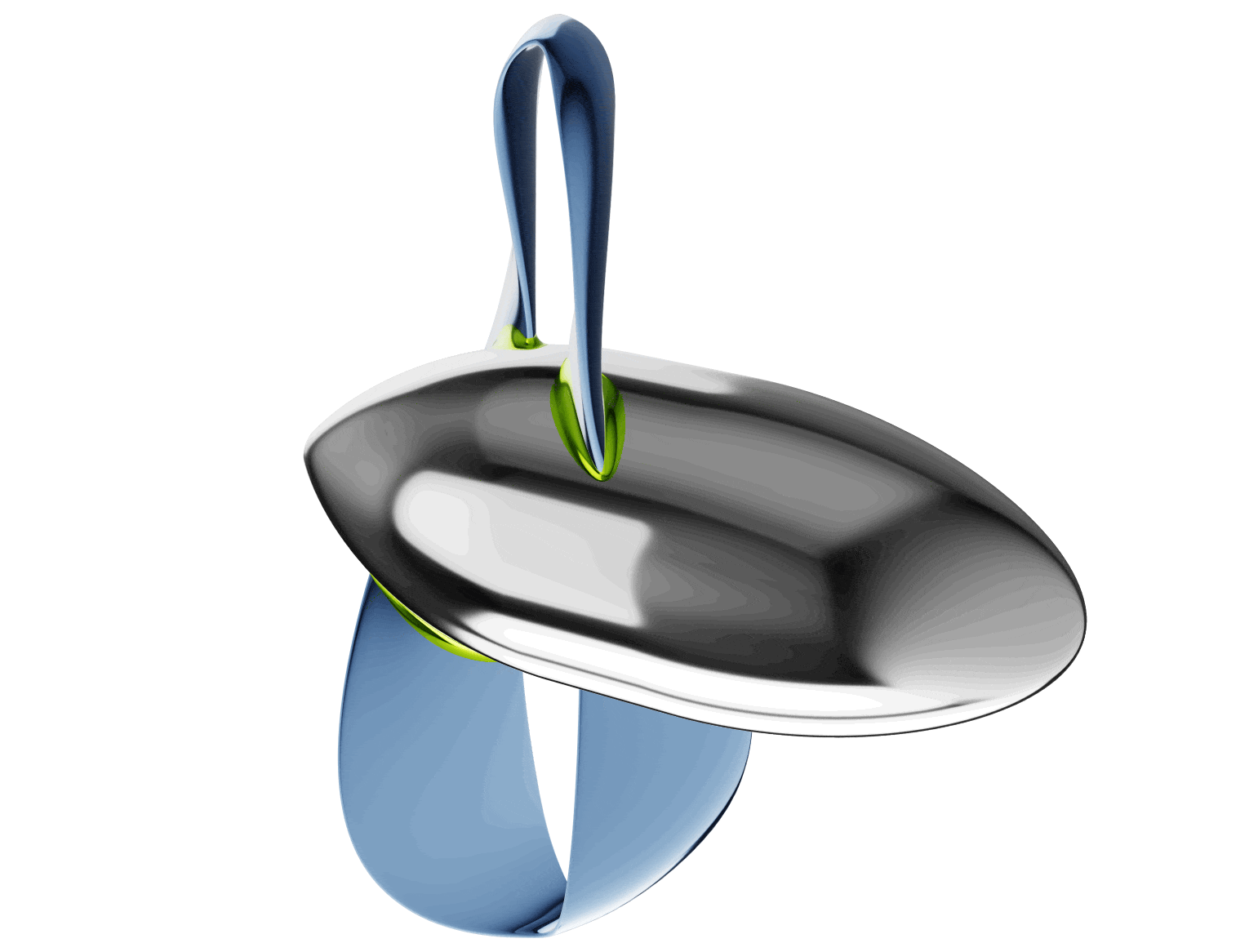 |
| Blade Pitch Distribution | Blade Pitch Back vs Front | AoA at the tip |
|---|---|---|
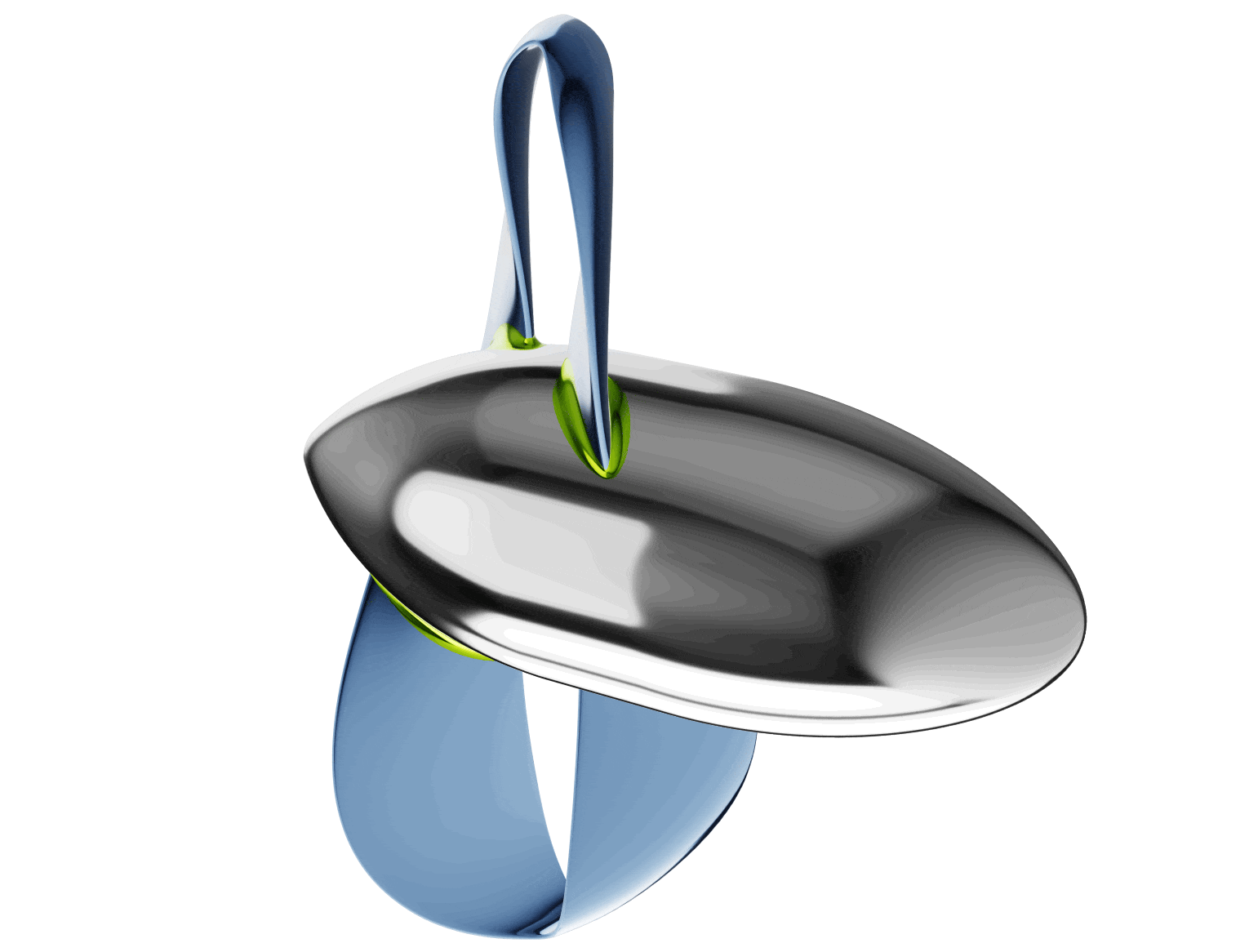 | 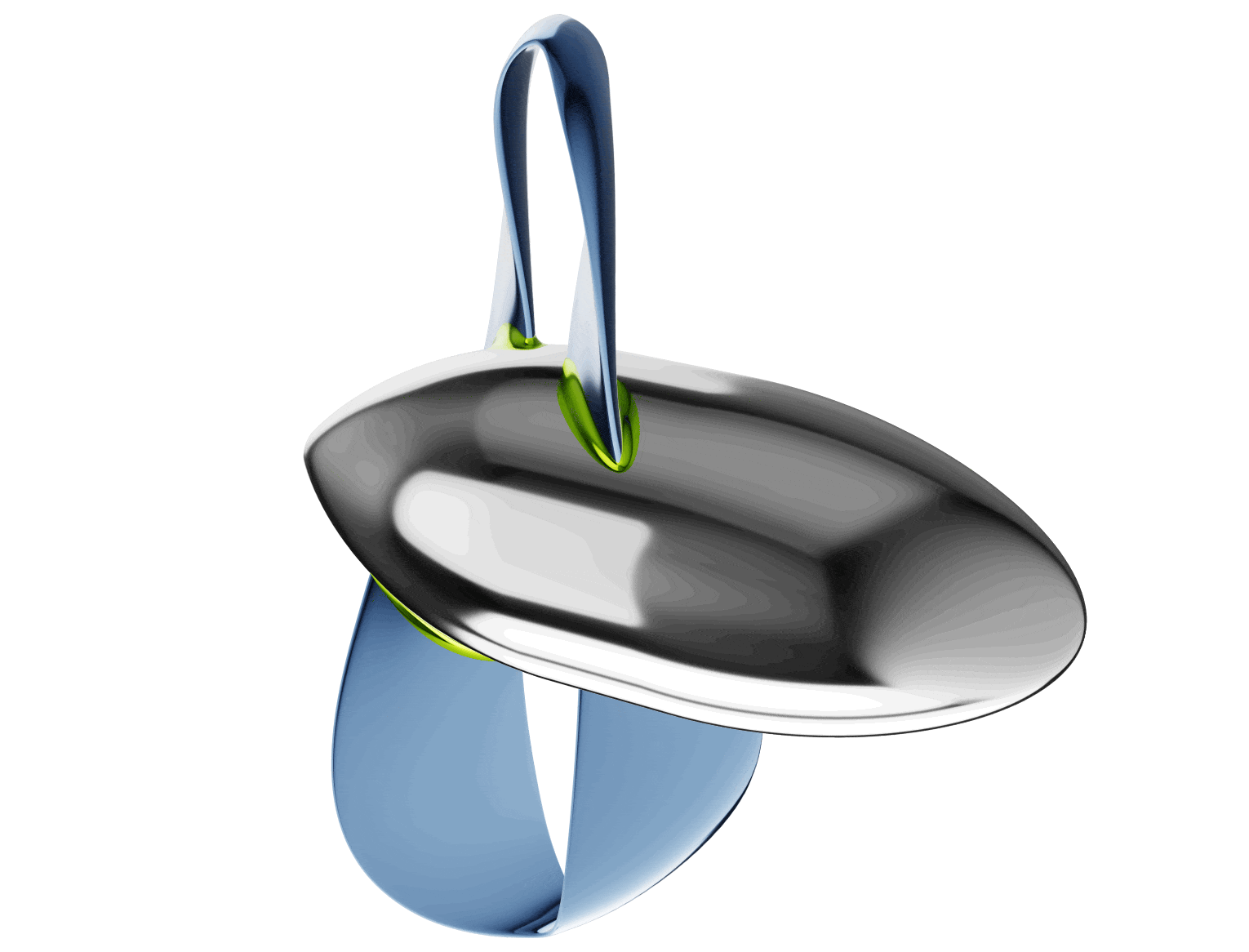 | 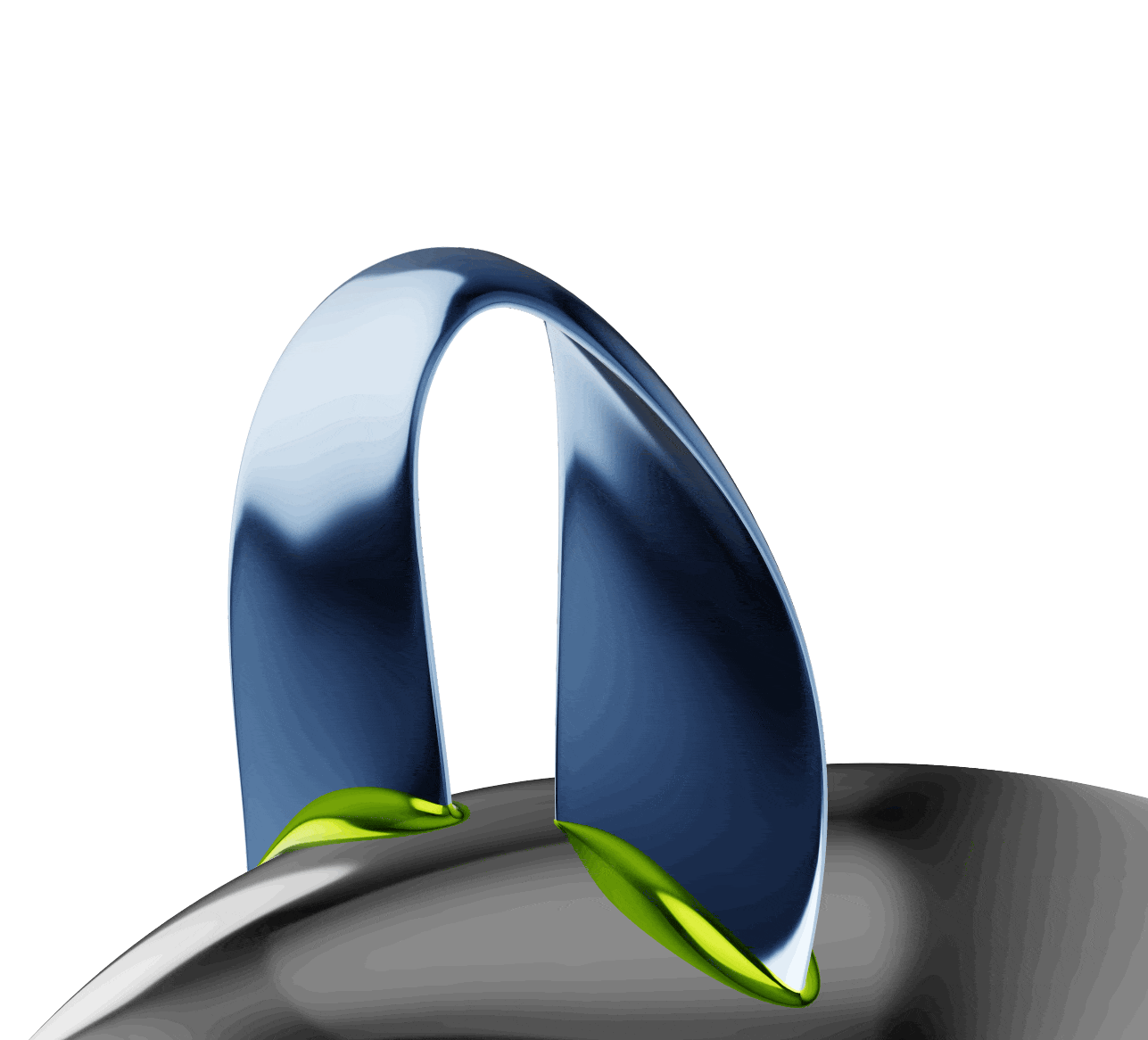 |
- Conventional Propeller Parameters
| Max Chord Length Change | Max Chord Length Radial Shift | Maximum Pitch Change |
|---|---|---|
 | 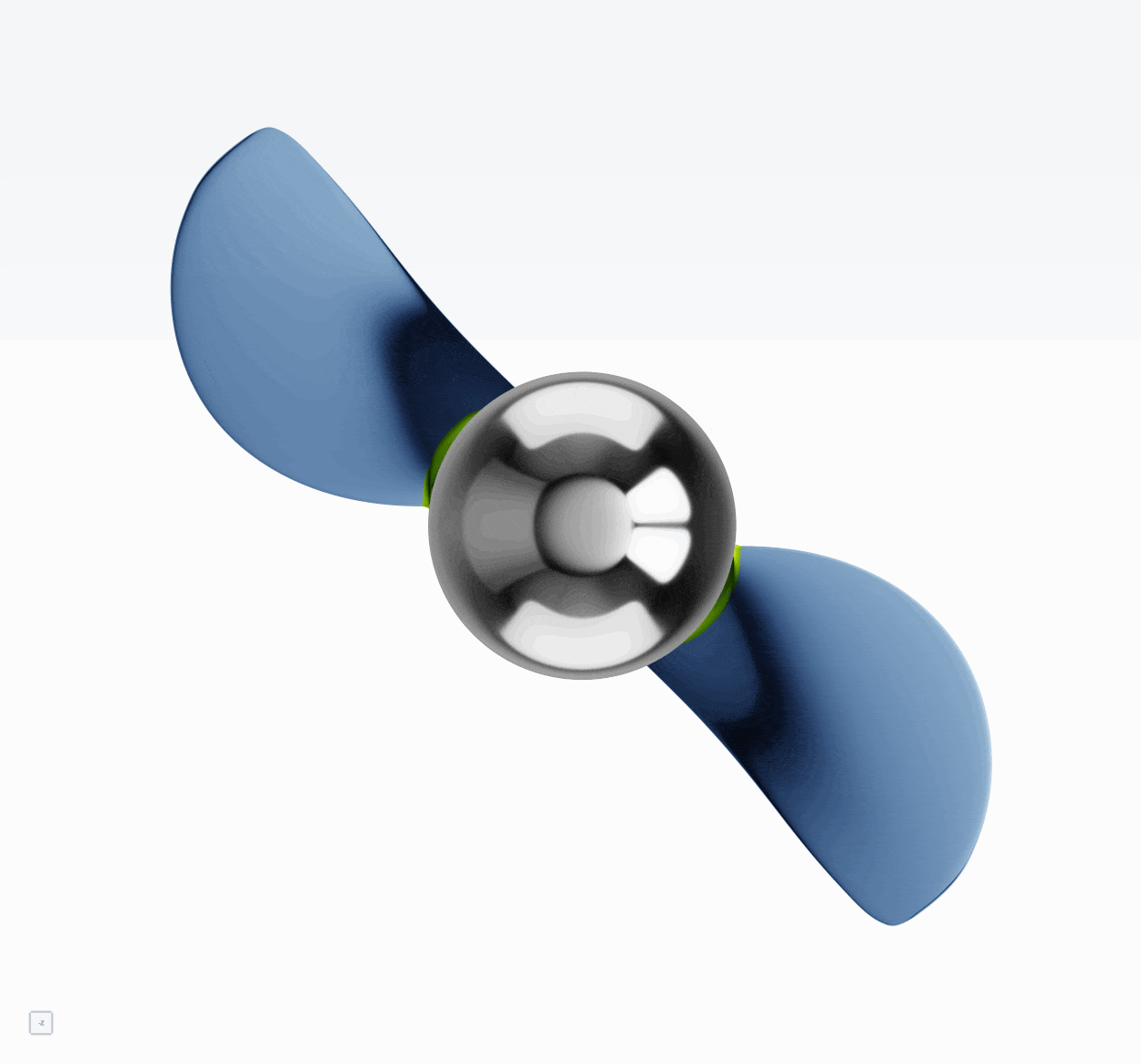 | 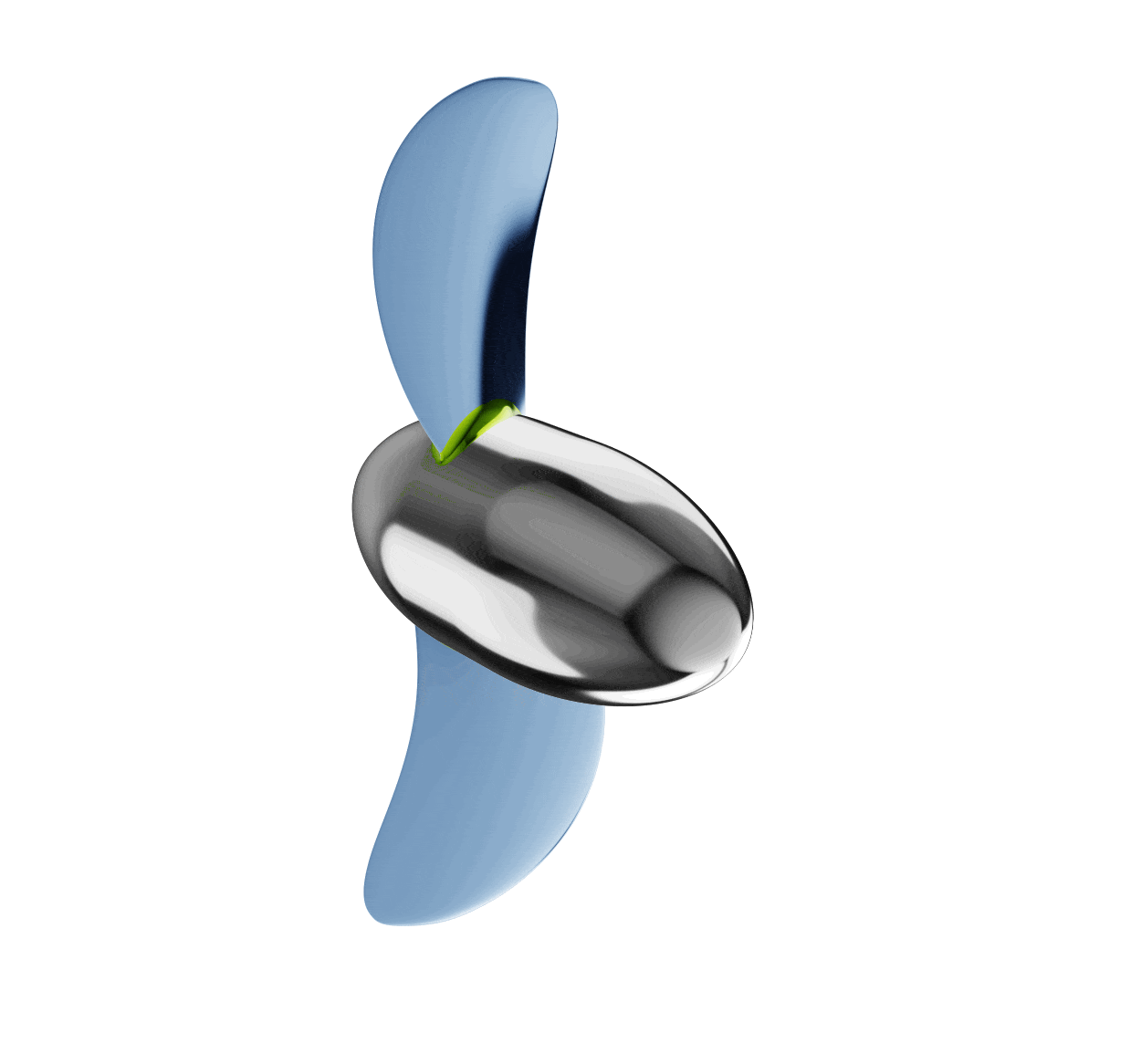 |
| AoA at the Tip | Rake at Blade Tip | Radial Range of Tip Rake |
|---|---|---|
 |  | 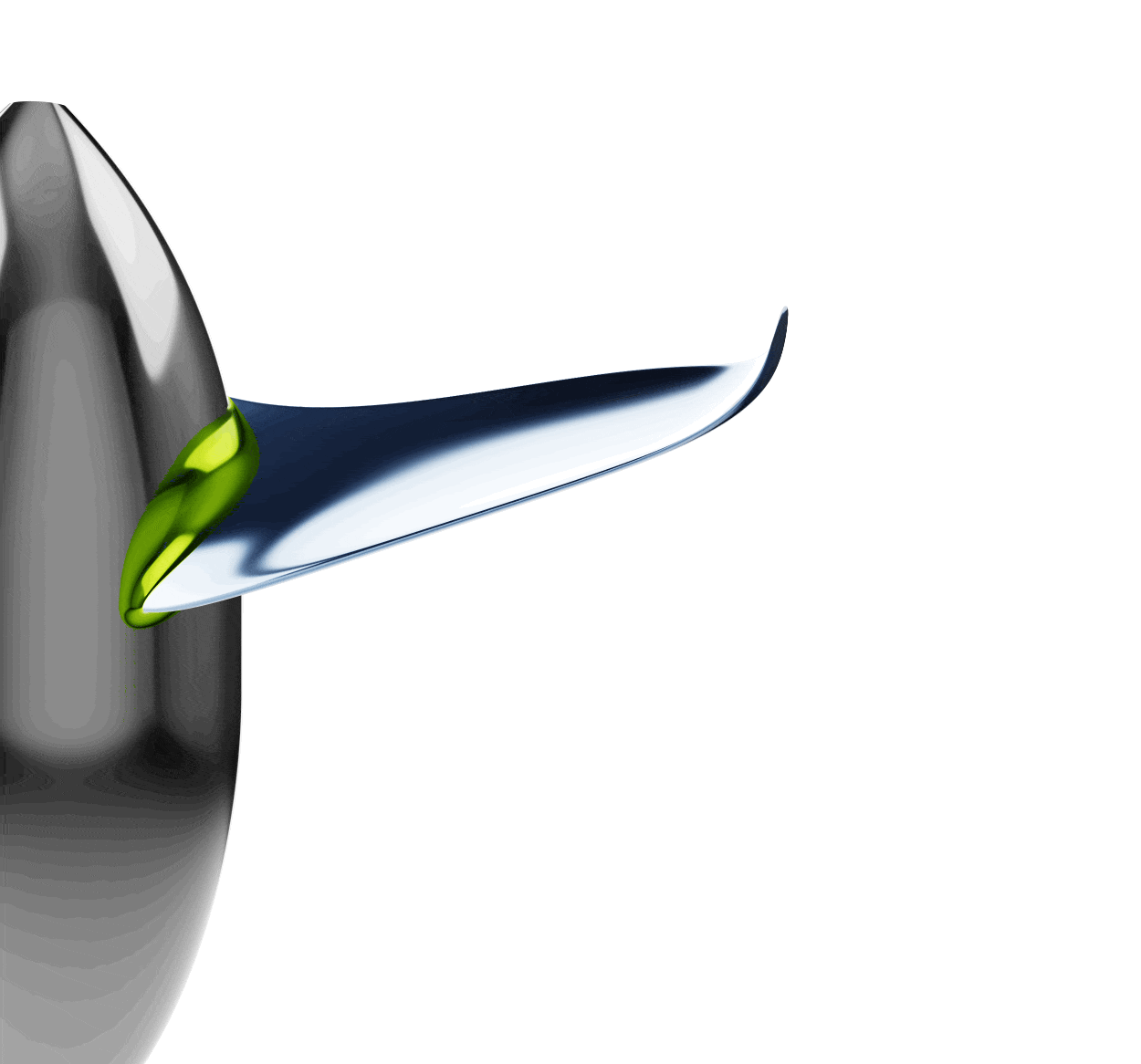 |
The limits for the training data set were determined by realistic operational ranges (for example avoiding pitch angles which would lead to stall anyway) and physical constraints (e.g. blades falling off the hub, geometrical interferences between blades and maximum diameter).
API Link to Run CFD Simulations
Through the API, the CAESES software communicated directly with AirShaper to launch simulations for each design option and to obtain the resulting torque & thrust values. This integration greatly improved the efficiency, streamlining the process of uploading models, defining parameters, and retrieving results.
AirShaper Results
AirShaper's intuitive interface and advanced visualization tools helped us understand the flow patterns around the propellers. This allowed us to maintain a "physical feeling" with the propellers being analyzed, understanding how flow structures evolved during the optimization process.
Creating the Surrogate Models
The results from AirShaper were fed back into CAESES to create surrogate models for thrust and torque at three different speeds. By interpolating the output of the surrogate models, we created the curves for the thrust coefficient $K_T$ and the torque coefficient $K_Q$. Having this information and knowing the ship resistance for any speed, we can now calculate the propeller efficiency over the whole operating range for any design within the design space without running a CFD simulation.
Optimization
The surrogate models allow the evaluation of any design in the considered design space within seconds. Therefore, the actual optimization run can be carried out in just a few minutes instead of hours or days which is the case for a direct optimization approach where each design has to be evaluated by a CFD simulation.
Efficiency Gains and Design Differences
- Toroidal propeller: the optimization resulted in a 21% improvement over the baseline which was loosely based on FIENDSHIP SYSTEMS' Wageningen B-Series App.
- Conventional propeller: the optimization resulted in a staggering 58% improvement over the baseline propeller used as the benchmark by Daniel! And even as new & improved designs from the community came in, this design still had a 7% higher efficiency compared to the second best 3D printed design in the competition.
Winning Designs
We've open sourced the AirShaper CFD simulations of the winning designs:
Toroidal vs. Conventional Propeller
Our conventional propeller outperformed our Toroidal propeller by 24%. However, we do not intend this to be a conclusive assessment whether conventional or Toroidal propellers are better and believe this is very much a question of the specific application case and requirements a design is targeting. But it shows that the design of a good conventional propeller is easier than the design of a good Toroidal propeller. Especially when limiting the simulation resources, the apparent advantage of having more degrees of freedom with the Toroidal propeller becomes a disadvantage. As the number of variable parameters has a direct influence on the number of simulations needed to achieve a sufficient exploration of the design space.
Conclusion
The success of our propeller design project highlights the importance of using advanced design and simulation tools. CAESES by FRIENDSHIP SYSTEMS and AirShaper were instrumental in helping us achieve remarkable results in the competition. As technology continues to advance, leveraging these powerful tools will be essential for developing innovative and high-performance components.
The process can be applied for both hydrodynamic & aerodynamic propellers and even far beyond propellers as well. Basically any parametric model can be used to explore a design space and build a surrogate mode, through the AirShaper API, to find the optimum solution.
Interested? Drop Simon Hauschulz of Friendship Systems or Wouter Remmerie of AirShaper an email!
